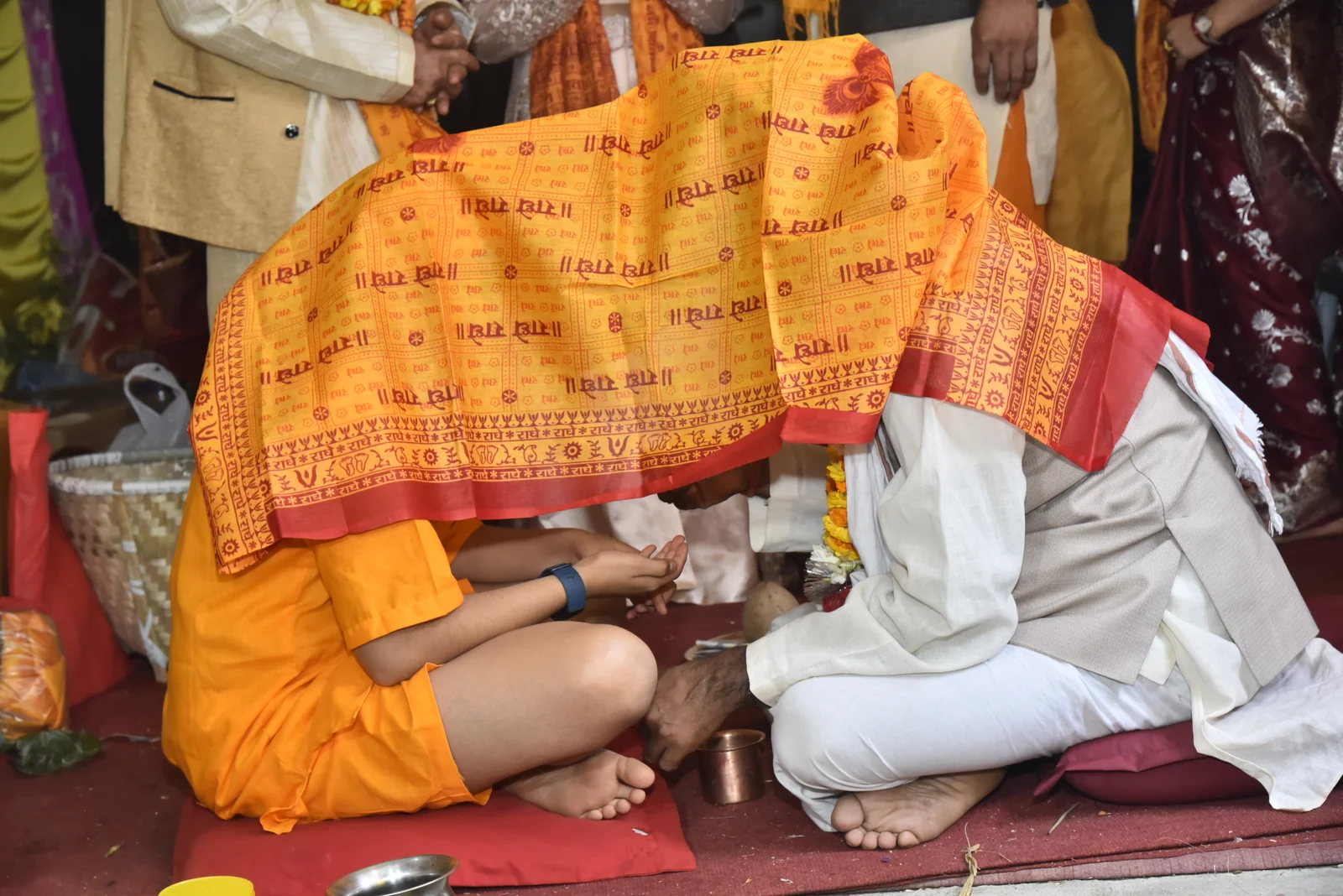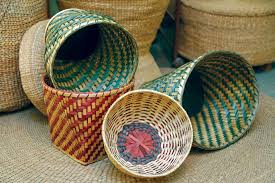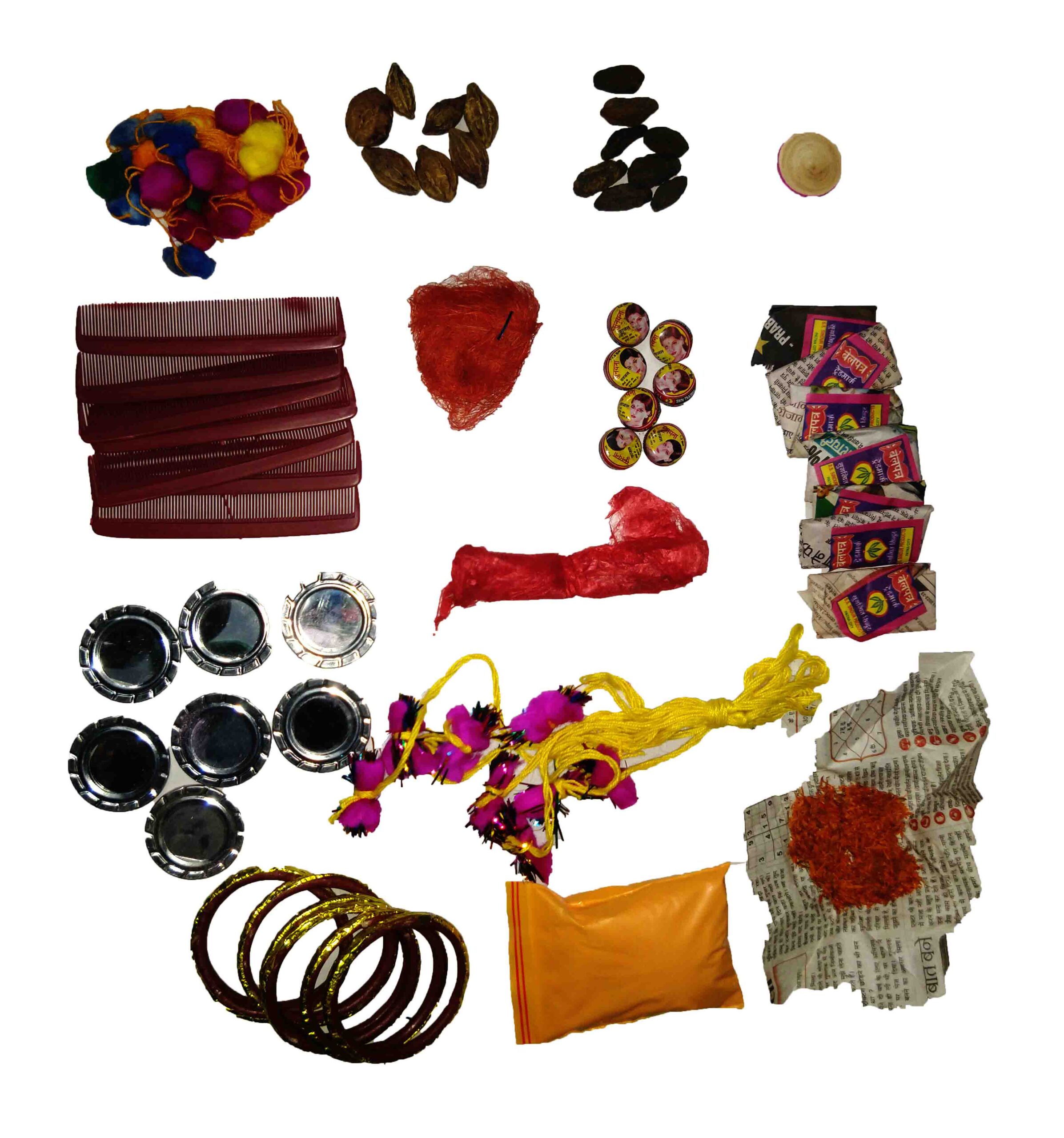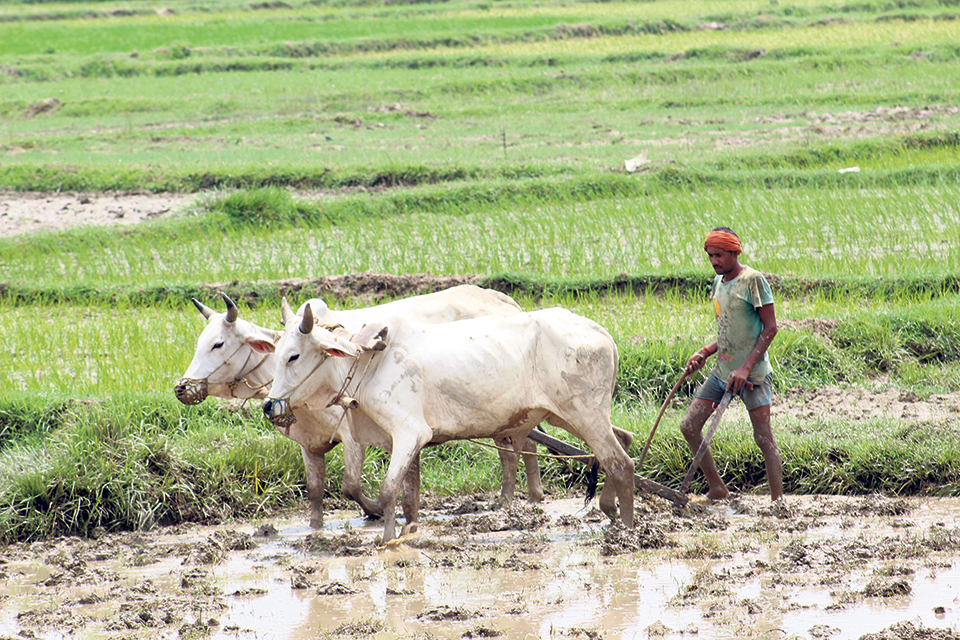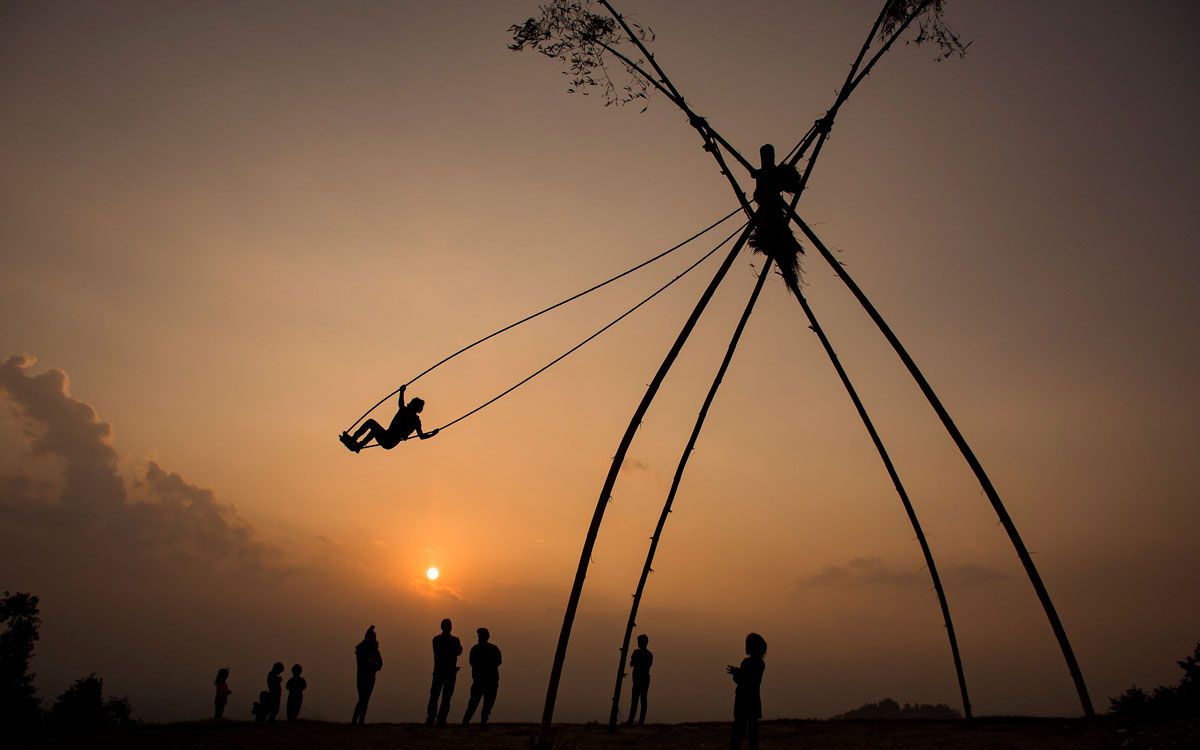Share this Article
Introduction – The Hidden Treasure of Terai Craftsmanship
In the fertile plains of Terai, where rivers wind lazily through green fields and the air carries the scent of wet earth, there thrives a tradition that is as resilient as it is beautiful — the art of bamboo and cane craftsmanship. For centuries, the people of Terai have transformed humble bamboo stalks and cane vines into objects of both utility and beauty. From functional furniture to intricate musical instruments and decorative artifacts, these crafts reflect not only skill but also a deep cultural relationship with nature.
Unlike urban industrial products, Terai bamboo and cane crafts are rooted in sustainability, local identity, and social function. They embody the resourcefulness of communities who relied on local materials to create items that could serve generations. Every chair, basket, and drum carries with it a story — of labor, creativity, and cultural continuity — yet, despite their richness, these crafts remain largely underrepresented in mainstream media and blogs.
Bamboo and cane are not chosen by chance. Both materials are abundant, fast-growing, and versatile. They serve as a canvas for imagination, allowing artisans to mold, weave, and sculpt them into forms that are simultaneously practical and aesthetic. From the household furniture that fills Terai homes to the instruments that enliven festivals, bamboo and cane are at the heart of daily life, quietly bridging tradition and functionality.
Historical Roots and Cultural Significance
The tradition of bamboo and cane craftsmanship in Terai is deeply intertwined with the history and daily life of the region. Archaeological and ethnographic studies suggest that bamboo has been used in South Asia for thousands of years, not merely as construction material but as an integral element of household culture. In Terai, the proximity to rivers and fertile floodplains provided ideal conditions for bamboo groves to flourish, making it an accessible and renewable resource for generations of artisans.
Culturally, bamboo and cane are considered more than raw materials; they are symbols of resilience, flexibility, and continuity. The bending of bamboo without breaking embodies adaptability — a value reflected in Terai communities’ approach to life. During festivals, weddings, and social gatherings, bamboo and cane crafts play central roles, from chairs and mats to drums and decorative screens. The objects themselves become part of rituals, embedding spiritual and social significance into everyday items.
Musical instruments, in particular, showcase the cultural depth of Terai craftsmanship. Instruments like the bansuri (bamboo flute), dholak (drum with cane rims), and various rattles and percussion items are handcrafted with meticulous precision. Each note, rhythm, and melody is a testament to the artisan’s skill and the material’s inherent acoustic qualities. These instruments are central to folk dances such as Deuda, Jhyaure, and Maruni, where music and craft intertwine to create the living heartbeat of Terai culture.
Furniture and Household Crafts
Among the most visible products of Terai craftsmanship are furniture and household items. Chairs, tables, beds, and storage baskets are woven from bamboo and cane, designed not only for utility but also to blend seamlessly into rural aesthetics. Traditional bamboo furniture is lightweight yet strong, resistant to termites and moisture, and often crafted with designs that reflect local motifs — geometric patterns, floral arrangements, or abstract symbolic carvings.
The process of creating furniture begins with harvesting mature bamboo stalks, which are carefully cured to prevent cracking or warping. Artisans then split, smooth, and weave the bamboo or cane strands, often combining flexibility with rigid supports to create durable yet elegant forms. The resulting pieces are versatile: beds can be folded or moved easily, baskets can store grains or clothes, and chairs adapt to the fluctuating needs of households.
Beyond practicality, furniture crafted from bamboo and cane carries artistic value. Intricate carvings and woven patterns are not merely decorative; they communicate cultural motifs, ancestral stories, and community identity. Even today, many families in Terai continue to treasure these pieces, passing them down through generations as symbols of heritage and craftsmanship.
Decorative Items and Everyday Art
Terai artisans also create a variety of decorative items using bamboo and cane. These include wall hangings, lampshades, screens, and ceremonial items used during festivals and weddings. Decorative weaving often employs intricate geometric patterns and natural motifs, reflecting the artisan’s skill and the community’s aesthetic sensibilities.
For festivals such as Chhath or Maghi, bamboo and cane are used to make small altars, offering baskets, and ceremonial structures. Their lightweight nature allows them to be carried to riverbanks or community spaces, bridging function with spiritual symbolism. Beyond festivals, decorative items often adorn homes, serving as reminders of cultural roots and the artisanal skill embedded in daily life.
The artistry extends to toy-making, particularly for children in rural areas. Handmade bamboo dolls, rattles, and miniature carts are crafted using traditional techniques, fostering creativity while transmitting cultural knowledge. These toys often serve as the first lesson in understanding local materials, craftsmanship, and sustainability.
Musical Instruments and the Sound of Terai
Perhaps the most culturally resonant bamboo and cane crafts are musical instruments. Bamboo flutes, locally known as bansuri, produce melodies that accompany seasonal dances, storytelling, and religious ceremonies. Their sound is soft yet penetrating, capable of invoking both joy and contemplation.
Percussion instruments, including small dholaks and rattles, are often framed with cane rims and woven bamboo shells. The resonance depends on both craftsmanship and material quality, requiring artisans to balance thickness, length, and weave density carefully. During festivals and social gatherings, these instruments transform the community space into a living canvas of rhythm and sound, highlighting how craft and music merge seamlessly in Terai culture.
Music crafted from bamboo and cane is not only entertainment; it is cultural memory. Songs passed down for generations are intimately linked with the instruments themselves, creating a tangible connection between object, sound, and story. In this way, the crafts do more than serve practical needs; they preserve intangible heritage through performance and artistry.
Challenges and Modern Context
Despite their beauty and cultural value, bamboo and cane crafts of Terai face significant challenges. Urbanization, deforestation, and changing lifestyles threaten both the raw materials and traditional knowledge. Younger generations often migrate to cities, leaving fewer people to learn and continue the intricate techniques of weaving, carving, and constructing bamboo products.
Commercialization also introduces pressures: mass-produced furniture and plastic products compete with handcrafted items, making it harder for artisans to earn a sustainable living. As a result, many traditional crafts risk disappearing unless actively preserved and promoted.
However, there is hope. NGOs, cultural preservation groups, and government initiatives have begun to promote bamboo and cane crafts as sustainable, eco-friendly alternatives. Workshops, exhibitions, and collaborations with designers introduce these traditional techniques to urban markets and international buyers, ensuring that Terai artisans gain recognition and livelihood opportunities. By linking tradition with innovation, bamboo and cane crafts can survive and thrive in the modern era.
Conclusion – A Living Tradition Worth Preserving
The bamboo and cane crafts of Terai are more than objects; they are a living testament to the ingenuity, creativity, and cultural depth of Nepal’s plains. From household furniture to musical instruments, decorative items, and toys, these crafts demonstrate the profound relationship between human communities and natural materials. They embody sustainability, resilience, and artistry — values that remain strikingly relevant in today’s world.
Preserving this tradition is not only about protecting material culture but also about honoring stories, skills, and ecological wisdom embedded in everyday life. Every chair, basket, and flute carries a legacy of craftsmanship that connects past, present, and future generations. By valuing and promoting these crafts, we ensure that the plains of Terai continue to sing with the rhythm of bamboo, the weave of cane, and the heartbeat of a culture that celebrates beauty in harmony with nature.
Categories:
Culture & Traditions
Tags:
BambooCrafts
,
CaneCrafts


